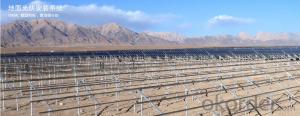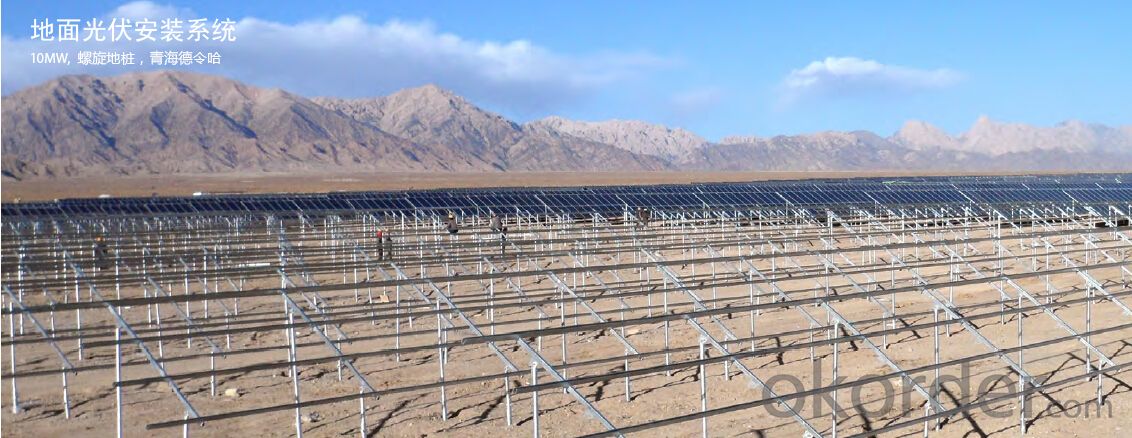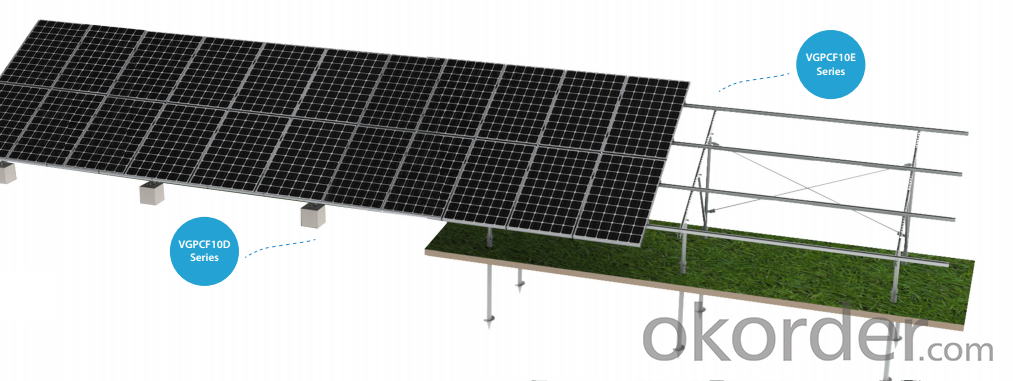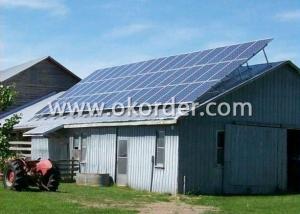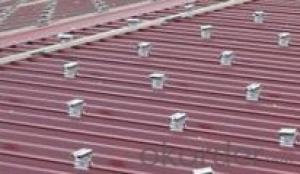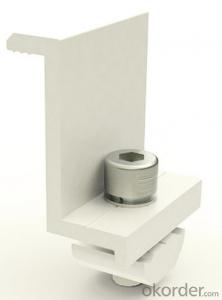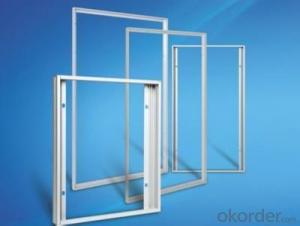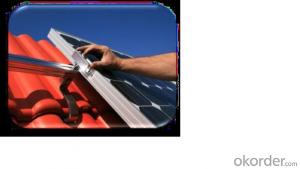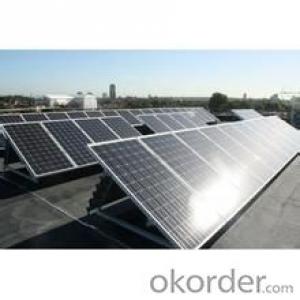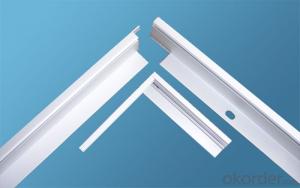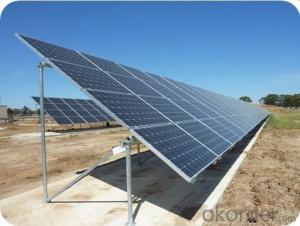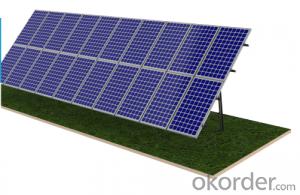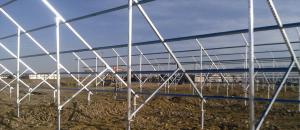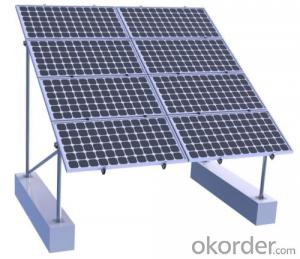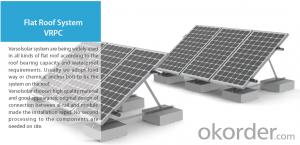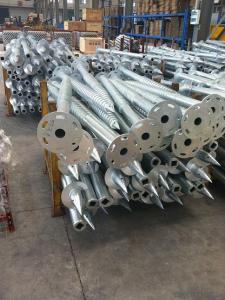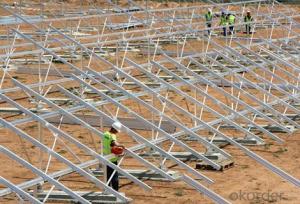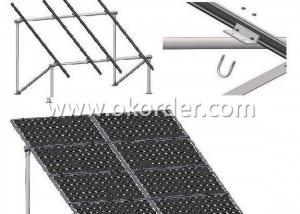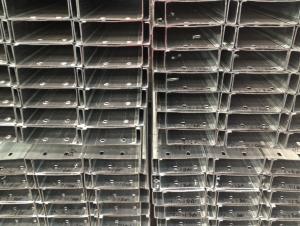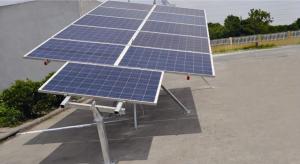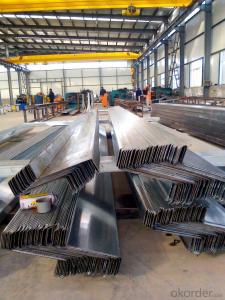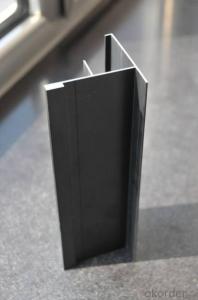Finland Solar PV Mounting Systems - Ground Mount PV Racks Double Pile System
- Loading Port:
- China Main Port
- Payment Terms:
- TT OR LC
- Min Order Qty:
- -
- Supply Capability:
- -
OKorder Service Pledge
Quality Product, Order Online Tracking, Timely Delivery
OKorder Financial Service
Credit Rating, Credit Services, Credit Purchasing
You Might Also Like
Product Features
· Cost competitive: all components are in standard sizes & mass produced
· Free wielding: all components are connected with fasteners
· Easy installation: simplified structure, could be pre-assembled
· Hot-dip galvanized: high corrosion resistant
· Adaptable for all kinds of soil condition
· Screw pile choice: H/Σ/C shape steel post
· Recyclable & zero pollution
· Long service life
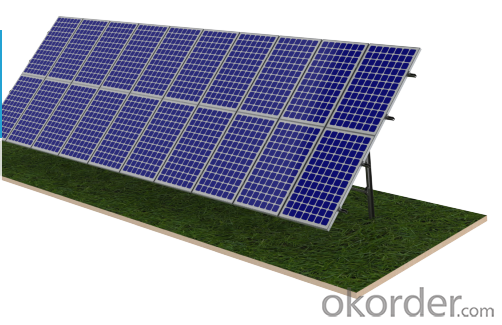
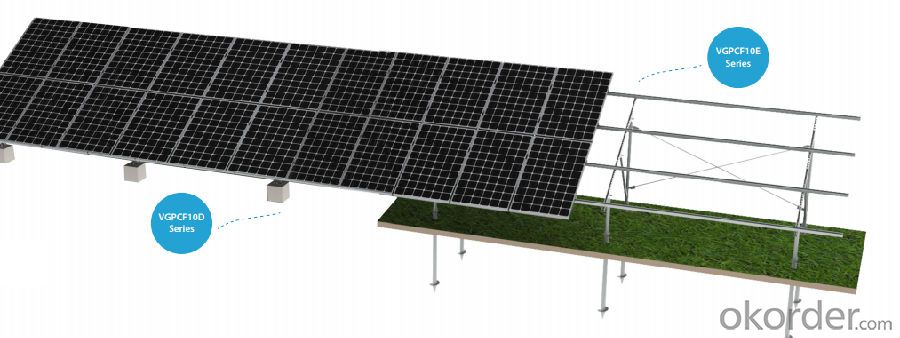
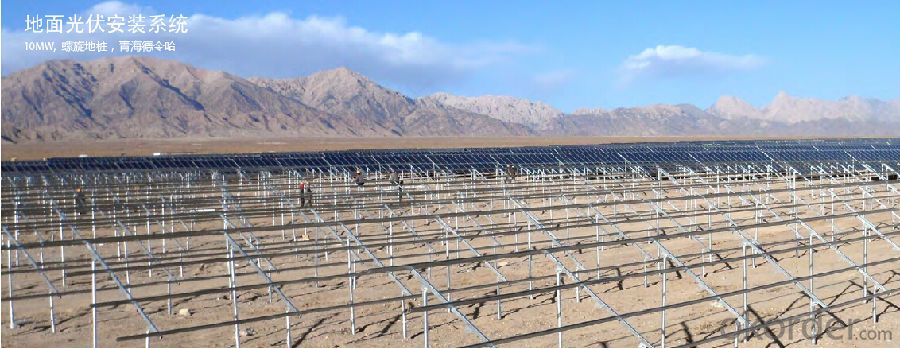
- Q: Are there any specific requirements for installing a solar mounting system on a green roof?
- Yes, there are specific requirements for installing a solar mounting system on a green roof. These requirements typically include ensuring that the roof structure can support the additional weight of the solar panels and mounting system, evaluating the roof's drainage capabilities to prevent water leakage, and selecting appropriate mounting brackets that are compatible with the green roof system. It is also important to consider the orientation and tilt of the solar panels to maximize their energy production. Additionally, proper waterproofing and sealing measures must be taken to protect the roof from potential damage.
- Q: What materials are used in solar mounting systems?
- Solar mounting systems typically use a variety of materials, including aluminum, stainless steel, and galvanized steel. These materials are chosen for their durability, corrosion resistance, and ability to withstand the weight and forces exerted on the system. Additionally, some mounting systems may incorporate other components such as plastic or composite materials for added strength and ease of installation.
- Q: Can a solar mounting system be installed on a rooftop with a standing seam metal roof?
- Yes, a solar mounting system can be installed on a rooftop with a standing seam metal roof. Standing seam metal roofs provide a suitable surface for installing solar panels as they offer stability and a secure attachment point for the mounting system. The solar mounting system can be designed to effectively attach to the standing seam without compromising the integrity of the roof.
- Q: Can a solar mounting system be used in areas with solar incentives for research institutions?
- Yes, a solar mounting system can certainly be used in areas with solar incentives for research institutions. In fact, research institutions can greatly benefit from installing solar panels and taking advantage of these incentives. By utilizing a solar mounting system, research institutions can generate renewable energy, reduce their carbon footprint, and potentially save on energy costs. Additionally, the incentives offered by the government or local authorities can help offset the initial investment and make the installation more financially feasible.
- Q: Can solar mounting systems be installed in areas with heavy snowfall?
- Yes, solar mounting systems can be installed in areas with heavy snowfall. However, it is important to ensure that the mounting system is designed to withstand the weight of the snow and that it is properly installed to prevent any potential damage or safety risks. Additionally, regular maintenance and clearing of snow from the solar panels may be necessary to maximize their efficiency during the winter months.
- Q: Are there any specific requirements for installing a solar mounting system on a rooftop with chimneys or vents?
- Yes, there are specific requirements for installing a solar mounting system on a rooftop with chimneys or vents. It is important to ensure that the mounting system is designed in a way that avoids obstructing or interfering with the chimneys or vents. The system should be installed in a manner that allows for proper ventilation and maintenance of the chimneys or vents. Additionally, it is crucial to evaluate the structural integrity of the rooftop and ensure that the mounting system is securely attached to withstand any potential wind or seismic loads.
- Q: Can a solar mounting system be used in areas with net metering policies?
- Yes, a solar mounting system can definitely be used in areas with net metering policies. In fact, net metering policies can provide additional benefits to solar system owners. Net metering allows the excess electricity produced by the solar panels to be fed back into the grid, earning credits that can be used to offset any electricity consumed from the grid during low production periods or at night. This encourages the use of solar energy and helps reduce energy bills for solar system owners.
- Q: Can a solar mounting system be used for solar billboards or signage?
- Yes, a solar mounting system can be used for solar billboards or signage. These systems are designed to securely mount solar panels and can be adapted to fit different applications, including billboards and signage. By harnessing solar energy, these systems can power the billboards or signage, making them more environmentally friendly and cost-effective in the long run.
- Q: Can a solar mounting system be used in areas with limited access to solar co-op programs?
- Yes, a solar mounting system can still be used in areas with limited access to solar co-op programs. Solar co-op programs are voluntary group purchasing initiatives that help homeowners and businesses procure solar installations at a reduced cost. However, even without access to these programs, individuals and businesses can still install solar panels and use a solar mounting system to harness solar energy for their own use. They may have to bear the full cost of installation and maintenance, but the benefits of clean and renewable energy can still be realized.
- Q: Which type of solar mounting system is best for commercial installations?
- The best type of solar mounting system for commercial installations is typically a ballasted or a fixed-tilt system. These systems offer durability, ease of installation, and the ability to optimize the angle for maximum energy production. Additionally, they can be easily scaled up to meet the energy demands of commercial buildings.
Send your message to us
Finland Solar PV Mounting Systems - Ground Mount PV Racks Double Pile System
- Loading Port:
- China Main Port
- Payment Terms:
- TT OR LC
- Min Order Qty:
- -
- Supply Capability:
- -
OKorder Service Pledge
Quality Product, Order Online Tracking, Timely Delivery
OKorder Financial Service
Credit Rating, Credit Services, Credit Purchasing
Similar products
Hot products
Hot Searches
Related keywords
